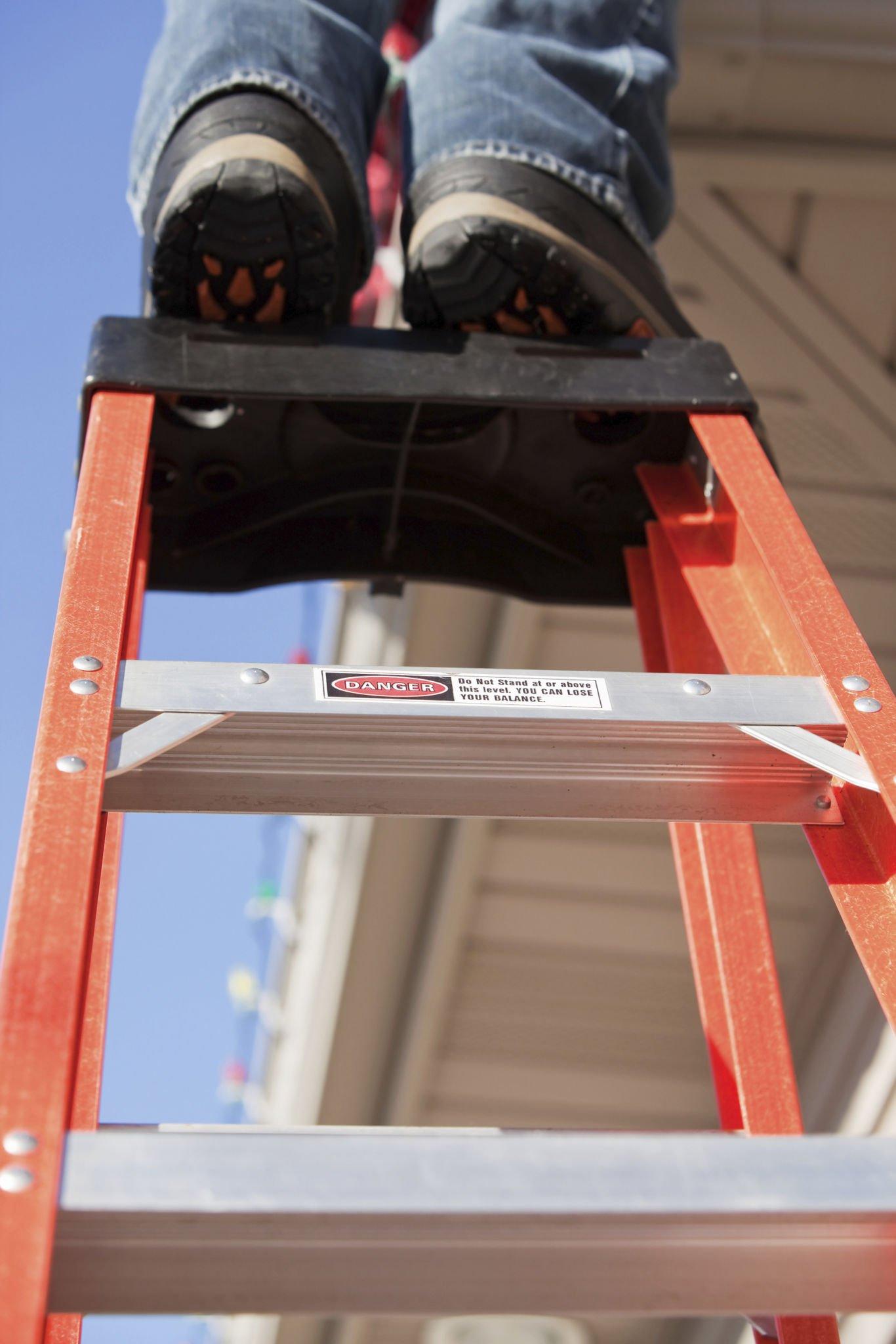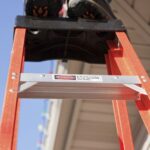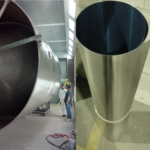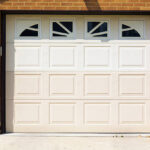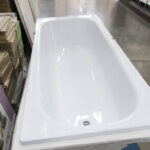Fiberglass and aluminum ladders are two of the most common types of ladders used in various industries and households. Both types of ladders have their own unique features and benefits.
Choosing between a fiberglass or aluminum ladder can be a difficult decision, especially if you are not familiar with the differences between them. In this article, we will explore the advantages and disadvantages of both types of ladders to help you make an informed decision.
Fiberglass ladders are known for their durability and strength. They are made from a non-conductive material, making them the ideal choice for electrical work. Fiberglass ladders are also resistant to weather and chemicals, making them suitable for use in harsh environments.
On the other hand, aluminum ladders are lightweight and easy to transport. They are also resistant to rust and corrosion, making them a good choice for outdoor use. However, aluminum ladders are not suitable for use near electrical sources.
When it comes to choosing between a fiberglass or an aluminum ladder, it ultimately depends on your specific needs and requirements. In the following sections, we will discuss the pros and cons of each type of ladder in more detail to help you make an informed decision.

Understanding Ladders
Ladders are essential tools for various tasks, including construction, painting, and cleaning. There are two main types of ladders: fiberglass and aluminum. Each type of ladder has its advantages and disadvantages, and choosing the right one depends on the task at hand.
Fiberglass Ladders
Fiberglass ladders are made of reinforced plastic. They are non-conductive, which makes them ideal for tasks that involve electrical work. They are also resistant to weather and chemicals, making them suitable for outdoor use.
Fiberglass ladders are heavier than aluminum ladders, which makes them more stable and less likely to tip over. They are also more durable and have a longer lifespan than aluminum ladders.
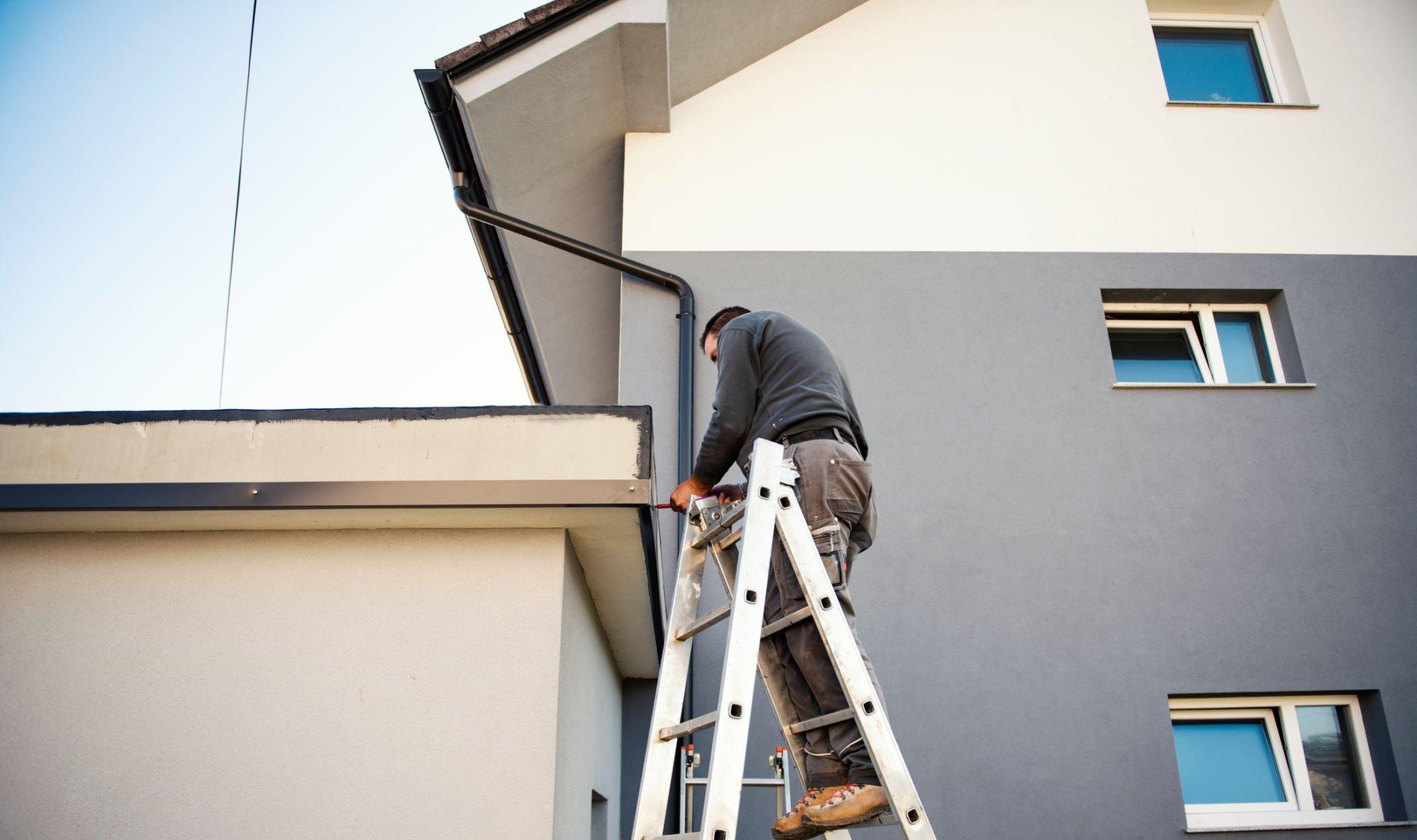
Aluminum Ladders
Aluminum ladders are lightweight and easy to move around. They are ideal for tasks that require frequent repositioning. Aluminum ladders are also less expensive than fiberglass ladders.
However, they are not suitable for tasks that involve electrical work because aluminum is a conductor. Aluminum ladders are also more prone to bending and denting, which can affect their stability and safety.
In conclusion, choosing the right ladder depends on the task at hand. Fiberglass ladders are ideal for tasks that involve electrical work and outdoor use, while aluminum ladders are suitable for tasks that require frequent repositioning and are less expensive.
Both types of ladders have their advantages and disadvantages, and it is essential to choose the right ladder for the job to ensure safety and efficiency.
Fiberglass Ladders
Fiberglass ladders are a popular choice for those who need a sturdy and durable ladder. They are made of a composite material that is both lightweight and strong, making them ideal for a variety of tasks. Here are a few key features and benefits of fiberglass ladders:
- Non-conductive: One of the biggest advantages of fiberglass ladders is that they are non-conductive. This means that they are safe to use around electricity, making them a great choice for electricians and other professionals who work with live wires.
- Weather-resistant: Fiberglass is also resistant to weather and corrosion, which makes it ideal for outdoor use. Unlike aluminum ladders, fiberglass ladders won’t rust or corrode over time, which means they will last longer and require less maintenance.
- Stable and slip-resistant: Fiberglass ladders are also known for their stability and slip resistance. They have a wider base than many other types of ladders, which makes them less likely to tip over. Additionally, many fiberglass ladders have slip-resistant treads on the rungs, which provides added safety and stability.
Overall, fiberglass ladders are a great choice for anyone who needs a safe, durable, and reliable ladder. They are ideal for both indoor and outdoor use, and they come in a variety of sizes and styles to suit different needs.
Whether you are a professional contractor or a DIY enthusiast, a fiberglass ladder is a smart investment that will serve you well for years to come.

Aluminum Ladders
Aluminum ladders are a popular choice for both residential and commercial use due to their durability, lightweight construction, and resistance to rust and corrosion.
They are typically made from high-strength aluminum alloys, which allows them to support heavy loads while remaining lightweight and easy to maneuver.
One of the most significant advantages of aluminum ladders is their resistance to rust and corrosion. Unlike steel ladders, which can rust and deteriorate over time, aluminum ladders are highly resistant to these types of damage.
This makes them an ideal choice for outdoor use, where they may be exposed to moisture or other corrosive elements.
Another advantage of aluminum ladders is their lightweight construction. This makes them easy to transport and maneuver, which is especially important for commercial use where ladders may need to be moved frequently.
Additionally, the lightweight construction of aluminum ladders reduces the risk of injury from lifting or carrying heavy ladders.
Aluminum ladders are also highly durable, with many models capable of supporting heavy loads. This makes them an ideal choice for commercial use, where they may need to support heavy equipment or materials.
Additionally, aluminum ladders are typically designed with safety features such as non-slip treads and locking mechanisms, which help to reduce the risk of accidents or injuries.
Overall, aluminum ladders are an excellent choice for both residential and commercial use due to their durability, lightweight construction, and resistance to rust and corrosion. Whether you need a ladder for home repairs or commercial projects, an aluminum ladder is a reliable and long-lasting option.

Comparing Fiberglass and Aluminum
When it comes to choosing between fiberglass and aluminum ladders, there are a few key differences to consider. Here’s a breakdown of the pros and cons of each material:
Fiberglass Ladders
Fiberglass ladders are known for their durability and resistance to electricity, making them a popular choice for electricians and other professionals who work with live wires. They are also resistant to weather and corrosion, making them a good choice for outdoor use.
However, fiberglass ladders tend to be heavier than aluminum ladders, which can make them more difficult to move around. They are also more expensive than aluminum ladders, which may not be ideal for those on a tight budget.
Aluminum Ladders
Aluminum ladders are lightweight and easy to move around, making them a popular choice for homeowners and DIY enthusiasts. They are also less expensive than fiberglass ladders, which can be a deciding factor for those on a budget.
However, aluminum ladders are not as durable as fiberglass ladders and can be more prone to bending or warping over time. They are also not as resistant to electricity, which can be a concern for those working with live wires.
In summary, when choosing between fiberglass and aluminum ladders, it’s important to consider your specific needs and budget. If you need a ladder that is durable and resistant to electricity, fiberglass may be the way to go. If you need a lightweight and affordable option, aluminum may be the better choice.
Safety Measures
When it comes to using ladders, safety should always be the top priority. Whether you are using a fiberglass or aluminum ladder, there are a few safety measures that you should always follow.
First and foremost, it is important to ensure that the ladder is in good condition and free from any defects before using it. Check for cracks, dents, or any other signs of damage that could compromise the ladder’s stability.
It is also crucial to set up the ladder on a stable and level surface, and to use the ladder at the proper angle. For extension ladders, the base should be set one foot away from the wall for every four feet of ladder height. For step ladders, the spreaders should be fully extended and locked in place before use.
When climbing the ladder, always maintain three points of contact with the ladder at all times. This can be achieved by keeping two hands and one foot, or two feet and one hand, on the ladder at all times.
Additionally, it is important to avoid overreaching when using a ladder. Instead, move the ladder to the appropriate position to complete the task safely.
Finally, always wear appropriate footwear and avoid carrying heavy or bulky items up the ladder. This can throw off your balance and increase the risk of falling.
By following these safety measures, you can ensure that you are using your fiberglass or aluminum ladder safely and responsibly.

Maintenance and Durability
Both fiberglass and aluminum ladders are built to last and require minimal maintenance. However, there are a few key differences to keep in mind.
Fiberglass ladders are known for their exceptional durability and resistance to weather and chemicals. They are less likely to corrode or rust compared to aluminum ladders. Additionally, fiberglass ladders are non-conductive, making them a safer option for electrical work.
On the other hand, aluminum ladders are lightweight and easy to maneuver, making them a popular choice for many professionals. While they may not be as durable as fiberglass ladders, they are still built to withstand daily wear and tear. However, aluminum ladders are more prone to corrosion and should be stored in a dry place to prevent rust.
To ensure the longevity of both types of ladders, it is important to follow some basic maintenance guidelines. This includes inspecting the ladder for any damage before each use, cleaning it regularly with soap and water, and storing it properly in a dry location.
Overall, both fiberglass and aluminum ladders are durable and reliable options for a variety of tasks. The choice ultimately comes down to personal preference and the specific needs of the job.
Cost Analysis
When it comes to purchasing a ladder, cost is a major factor to consider. Fiberglass ladders tend to be more expensive than aluminum ladders, but they also offer some benefits that may justify the higher cost.
Fiberglass ladders are known for their durability and strength, which makes them a popular choice for professionals who need a ladder that can withstand heavy use. They are also non-conductive, which means they are safer to use around electricity than aluminum ladders. However, these benefits come at a higher cost.
Aluminum ladders, on the other hand, are typically less expensive than fiberglass ladders. They are also lightweight, which makes them easier to move around and set up. However, they are not as strong as fiberglass ladders and may not be suitable for heavy-duty use.
In terms of cost, it ultimately comes down to the individual’s needs and budget. If durability and safety are a top priority, then a fiberglass ladder may be worth the investment. However, if cost and portability are more important, then an aluminum ladder may be the better option.
It is important to note that there are variations in cost within each type of ladder, depending on the brand, size, and features. It is recommended to do research and compare prices before making a purchase to ensure that the best value for money is obtained.

Choosing the Right Ladder
When it comes to choosing between a fiberglass or aluminum ladder, there are a few things to consider. The material of the ladder can affect its weight, durability, and safety, so it’s important to choose the right one for your needs.
Weight
Aluminum ladders are generally lighter than fiberglass ladders, making them easier to move around and transport. However, this also means that they may not be as sturdy as fiberglass ladders, especially at higher heights.
Durability
Fiberglass ladders are known for their durability and strength. They are resistant to weather, chemicals, and electricity, making them a good choice for outdoor or industrial use. Aluminum ladders, on the other hand, may be prone to bending or denting over time.
Safety
Both fiberglass and aluminum ladders can be safe to use, but it’s important to choose the right one for the job. Fiberglass ladders are non-conductive, making them a safer choice when working around electricity. They also have a higher weight capacity than aluminum ladders. However, aluminum ladders may be more stable when used on uneven surfaces.
In summary, when choosing between a fiberglass or aluminum ladder, consider the weight, durability, and safety features that are most important for your needs.
Recommended Use
- Fiberglass ladders are typically used for smaller jobs such as painting, roof and fence repairs, hedge trimming, cleaning gutters, and DIY projects, especially when working near electrical wires or power lines35.
- Aluminum ladders are recommended for general construction purposes and high-up projects due to their durability and cost-effectiveness25.
Conclusion
Choosing between a fiberglass or aluminum ladder can depend on various factors such as the type of work, frequency of use, and personal preferences. Both types of ladders have their own advantages and disadvantages.
Fiberglass ladders are generally more durable, non-conductive, and resistant to weather and chemicals. They are a good choice for electricians, contractors, and workers who need to work around electrical wires or in harsh environments.
On the other hand, aluminum ladders are lightweight, easy to transport, and less expensive than fiberglass ladders. They are suitable for homeowners, DIY enthusiasts, and occasional users who need a ladder for basic tasks such as painting, cleaning, or reaching high shelves.
When it comes to safety, both types of ladders are safe as long as they are used properly. It is important to choose the right ladder for the job, inspect it for any defects or damages before use, and follow the manufacturer’s instructions and safety guidelines.
In summary, the choice between a fiberglass or aluminum ladder depends on the specific needs and preferences of the user. It is important to consider the pros and cons of each type and make an informed decision based on the intended use, frequency of use, and budget.

